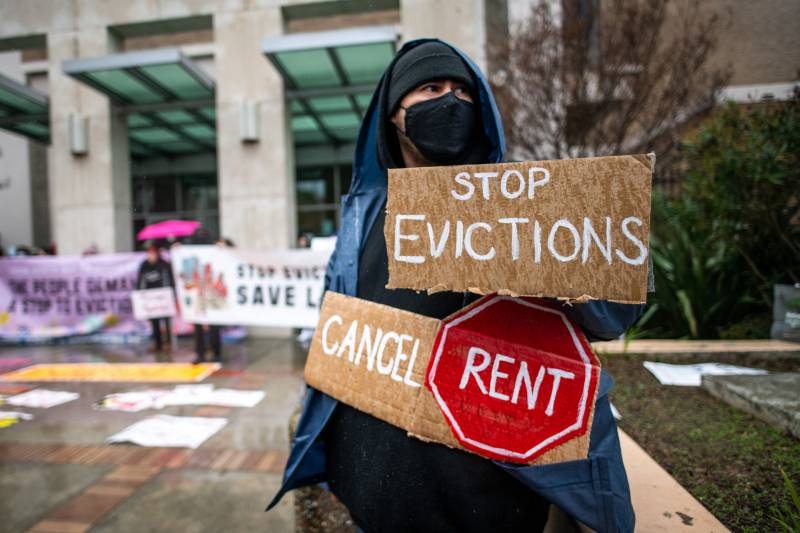Evictions are devastating. Not only does a person lose their home, they also lose a major source of stability. A home can be a place of refuge from the world, somewhere to plan the next move, recuperate after a hard day, apply for jobs, feel safe. And, often, a person’s community is centered where they live. So if a person is evicted, they no longer have access to the school, library or church where people know them and can offer support.
Evictions also are common: Millions of people are evicted every year.
As California grapples with its housing crisis, and many people are barely hanging onto their housing by the grace of eviction moratoriums passed during the coronavirus pandemic, stopping evictions is a key way to keep people housed. And the primary reason people get evicted is because they can’t pay their rent.
But the main federal rental-assistance program, Section 8 vouchers, doesn’t always work the way it was intended. And, it’s widely misunderstood by the public. For example, Section 8 is not the same thing as public housing. Instead, Section 8 vouchers are money paid directly to private landlords to help income-qualifying people pay their rent. And far more people are eligible for the program than actually benefit from it.

